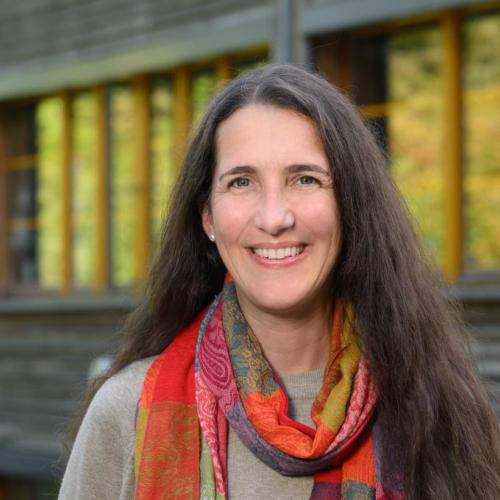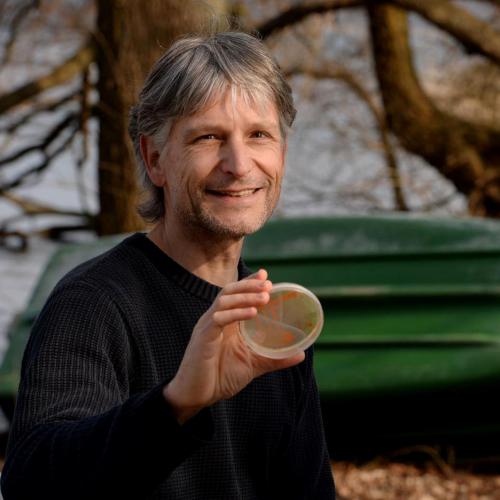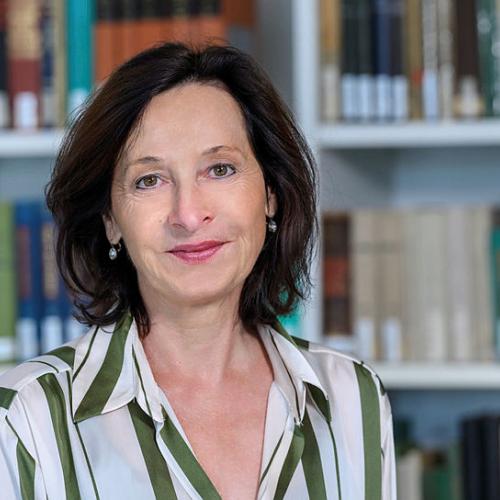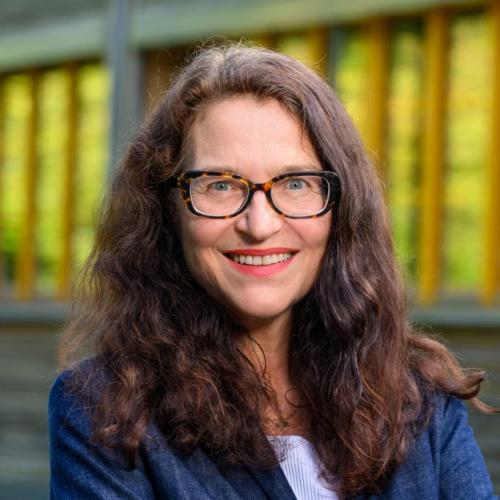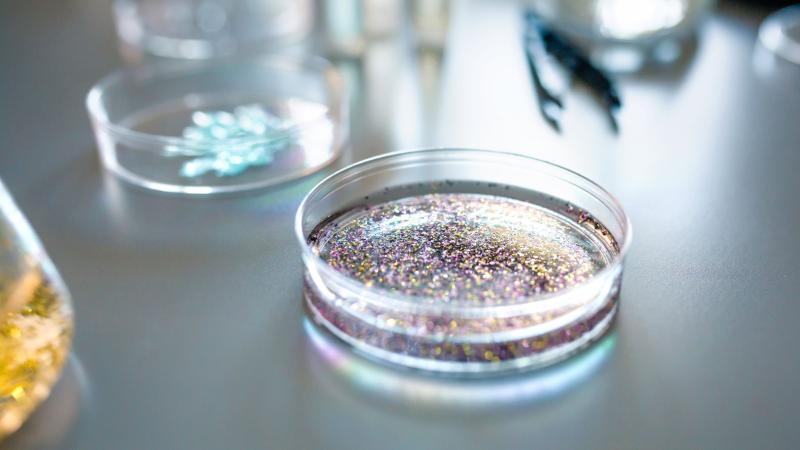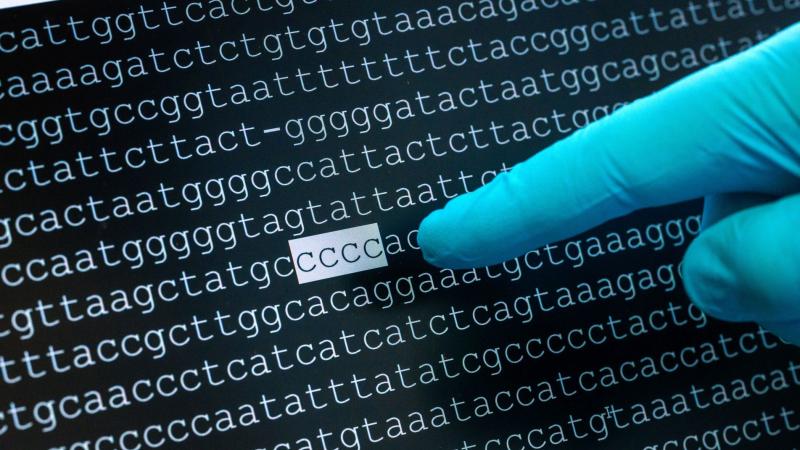(Dept. 3) Plankton and Microbial Ecology
Research in the Department of Plankton and Microbial Ecology on the shores of Lake Stechlin centres on impacts of global environmental change on inland waters. Consequences on the biodiversity and functioning of plankton communities in lakes receive particular attention. This includes investigations into the dynamics, activities and interactions of bacteria, phytoplankton, zooplankton and fungi. Field experiments, especially in a large outdoor facility dubbed the LakeLab in Lake Stechlin, are a hallmark of research in the department. Other essential elements are the analysis of long-term data, laboratory experiments and the development of ecological models and new methods to analyse plankton communities. We use the knowledge gained in theses studies to devise concepts and methods that foster the protection and sustainable management of inland waters in the face of ongoing environmental change.
Research groups
Department members
Selected publications
Advancements in Satellite Observations of Inland and Coastal Waters: Building Towards a Global Validation Network
This article highlights the importance of validating satellite-derived water quality products. The authors provide guidance for the scientific community on what to consider when implementing field campaigns to collect data for remote sensing validation needs.
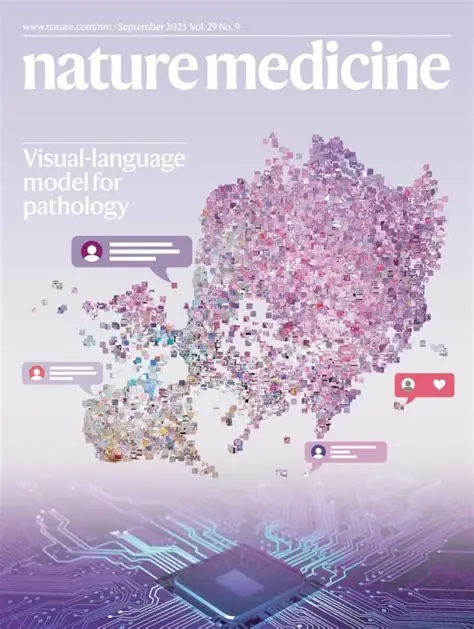
Challenges in studying microplastics in human brain
Microplastics are ubiquitous – in the environment and in the human body. However, accurately detecting these particles poses major challenges for researchers from various disciplines. The authors described the methodological difficulties in the journal and call for more standardized methods in biomonitoring.
A roadmap for equitable reuse of public microbiome data
Science benefits from the rapid and open exchange of knowledge. However, there is a lack of appropriate community standards for data exchange between different institutions. In this article the authors discuss improvements for the exchange of extensive microbiome data.
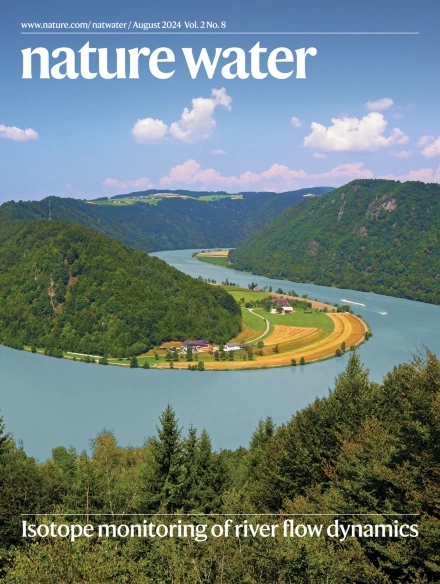
Europe’s water law needs genomic resolution
The authors recommend a new genetic approach for the obligatory measurements under the European Water Framework Directive (WFD). Currently, the diversity of phytoplankton – i.e. microalgae – is assessed as a key parameter for water quality using an inverse microscope technique that has been in use since 1958.

Fifty years of limnological data on Lake Stechlin, a temperate clearwater lake
The presented dataset from Lake Stechlin covers basic water-chemical and physical records taken at monthly to fortnightly intervals from 1970 to 2020, documenting limnological changes during that period. Furthermore, it serves as a valuable basis to assess and project potential consequences of climate change and other types of environmental change on deep clearwater lakes in temperate climates.


